Carrot Nantes (5 seed Tape)
One of the fastest growing and most widely grown of all carrot varieties, this classic ‘finger’ carrot has a sweet flavour and excellent crunch. The blunt ended roots tend to remain uniform in size and have a rich appealing colour. These seeds are pre-sown on a biodegradable seed tape. This makes sowing and later thinning out, quick and extremely efficient.
Growing Advice
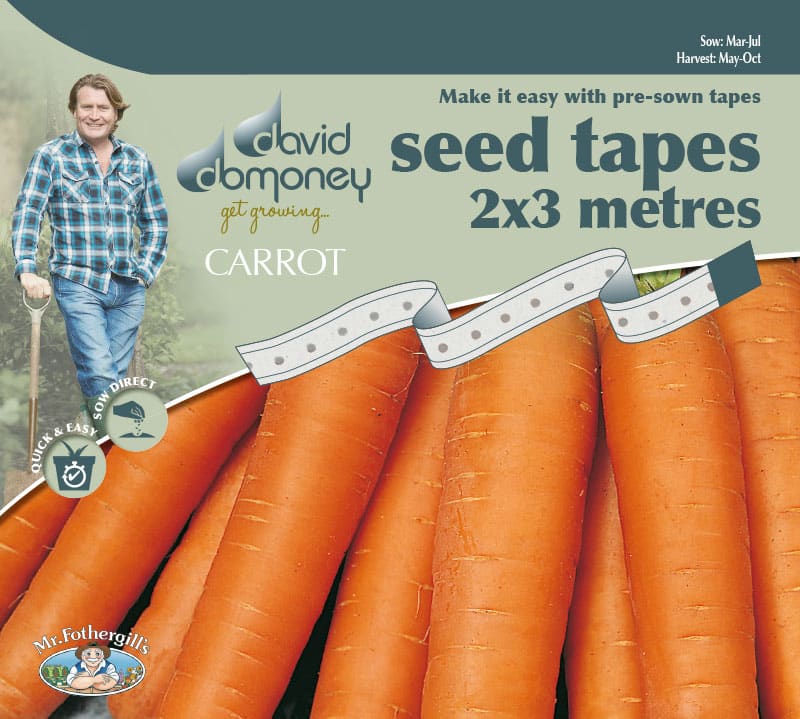
Sow outdoors March to July. Make narrow trenches 1.5cm deep and spaced 30cm apart. Separate and unroll the seed tape and place in the trench. place soil or a stone on one end and gently pull the tape straight, then carefully cover with fine soil. Keep the soil moist and weed free at all times. Seedlings should start to appear approximately 14-21 days. If plants do happen to get overcrowded then thin the crop as it grows by taking roots evenly from the row. It is good practice to water well after thinning out, to wash any dislodged soil back around the roots of the remaining plants. Sow a new row every 2-3 weeks to extend your harvest period, ensuring there are always perfect, crisp young roots available.
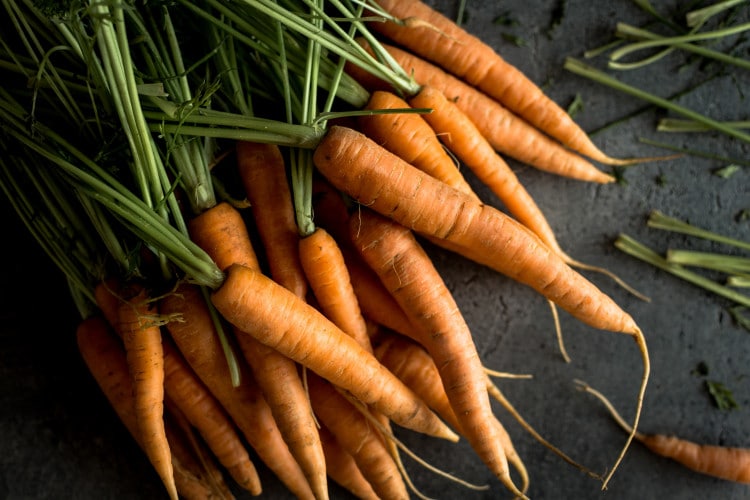
Top Tips About Seeds
- Once the seed packet has been opened, the seed tapes can be stored in an airtight container until required for further sowings.
- Carrot seed are best used fresh so start again with a new packet each year. Although there are lots of seeds in a packet, repeat sowing is recommended, so they are unlikely to last more than one season.
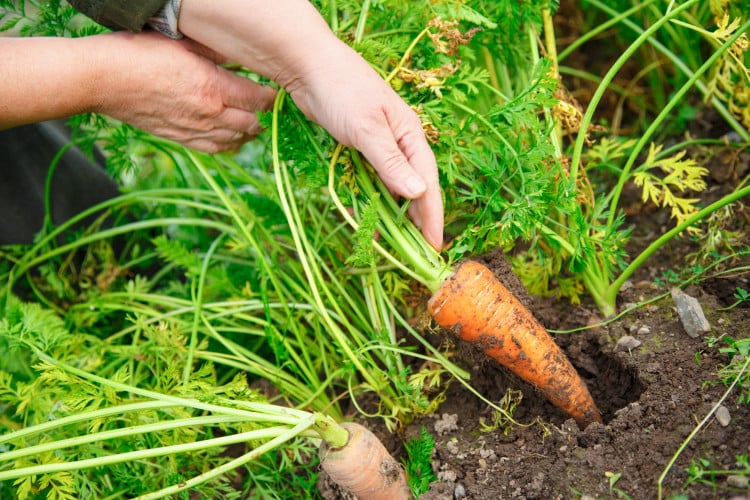
Seed tape is not suitable for pots but short lengths could be used in raised beds and large troughs.
Keep well watered during dry spells as this will help prevent the roots from splitting. Carrot fly is the only common pest and if it becomes a problem can be prevented by growing plants under a fine insect netting and delaying sowing until May.
Harvest from June to November. If the roots lift easily then harvest alternate roots from the row, leaving more space for the remainder to grow on. On heavier soils it may be necessary to lift sections of the row with a garden fork. In both instances water the remaining roots well afterwards to replace any dislodged soil.
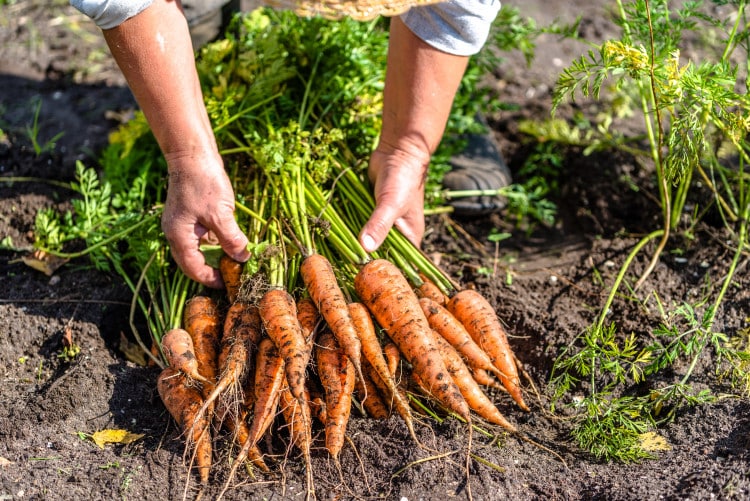
Ideas for using your carrot tape
Keep the soil moist as the seeds are germinating, if it dries out completely it will set them back. Carrots freeze well so chop up or grate any surplus and freeze for later use. Do not leave the tops of carrots or unwanted roots lying around after harvesting, the scent of them can attract carrot root fly. If they are a big problem try growing spring onions amongst the rows of carrots, it’s been proven to deter carrot root fly, or at least mask the scent of the carrots.
David Domoney is a Chartered Horticulturalist, Broadcaster, and Author. David has worked with a number of the UK’s leading garden retailers as a plant buyer and strategic consultant. With more than 30 years experience, in horticulture, David is as passionate about plants now as he was when he bought his first plant at a village fete.



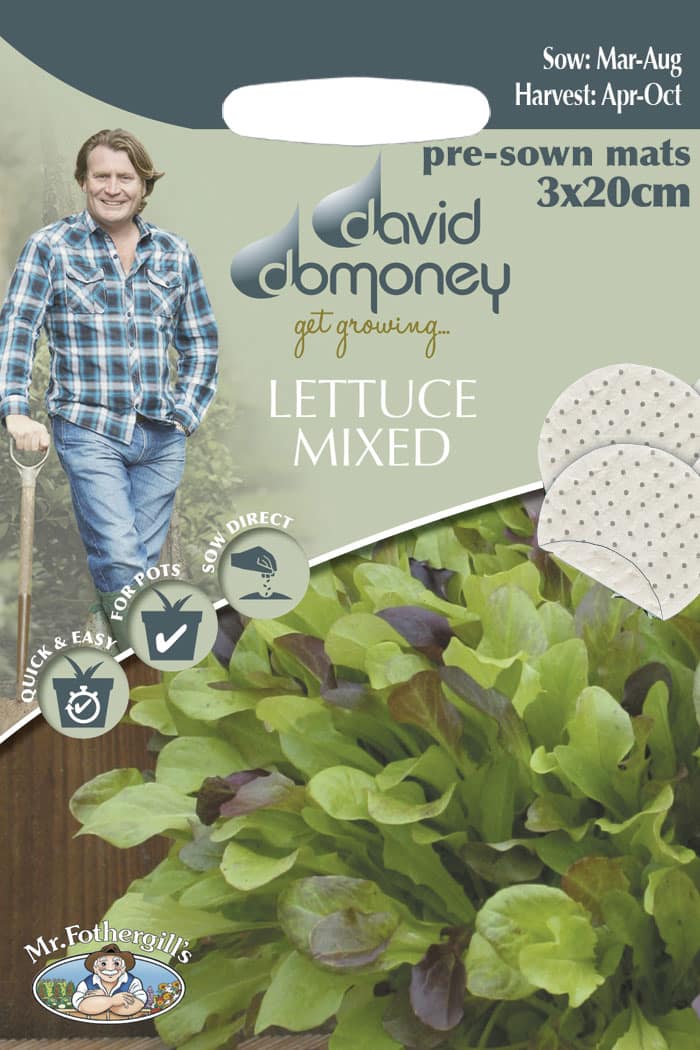
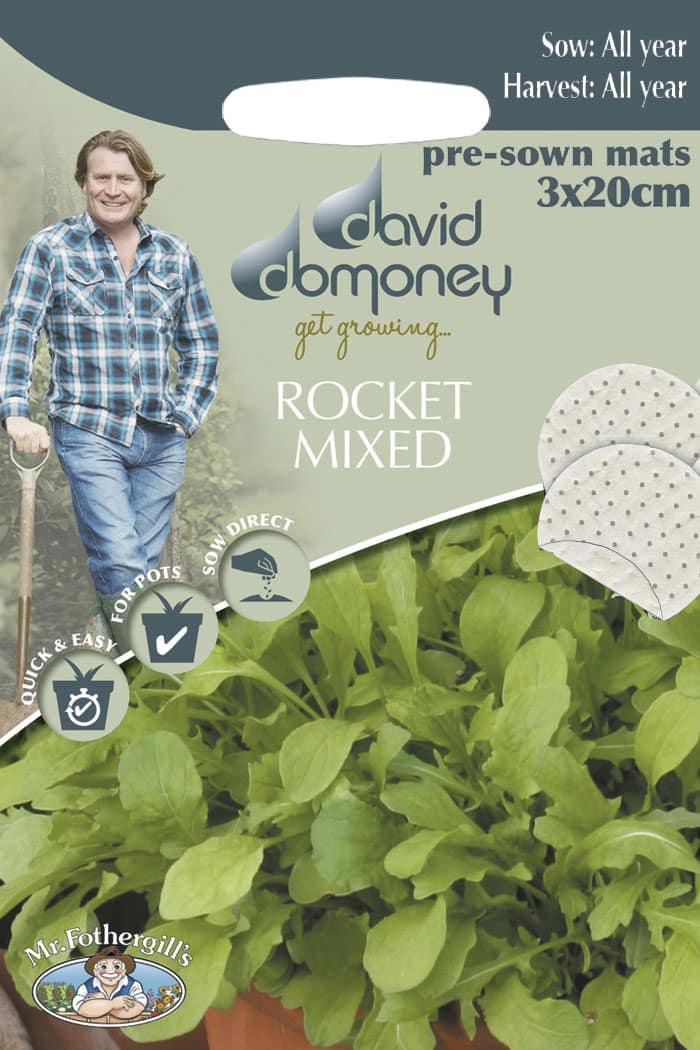
Leave A Comment